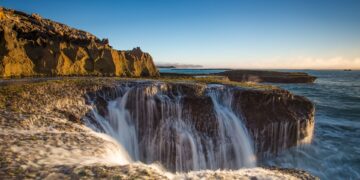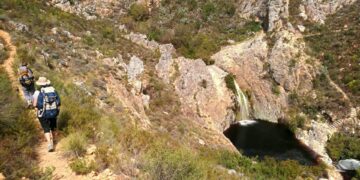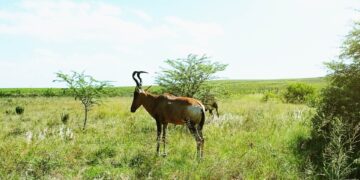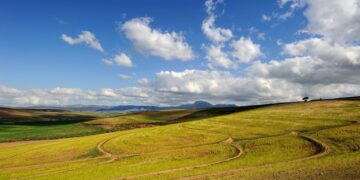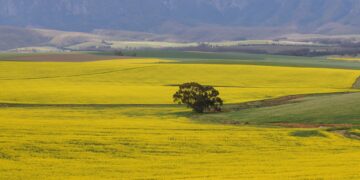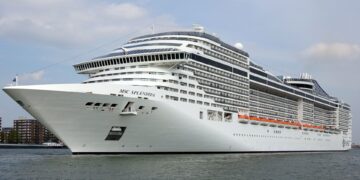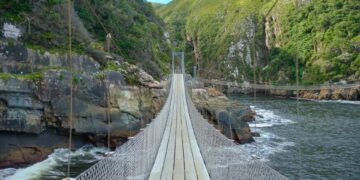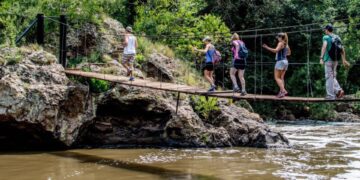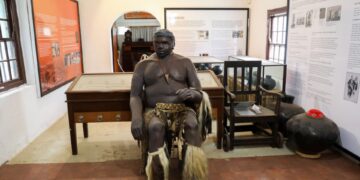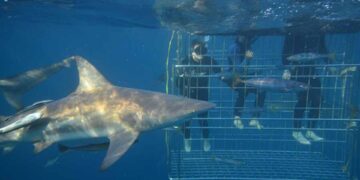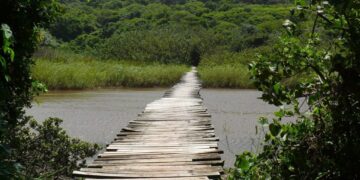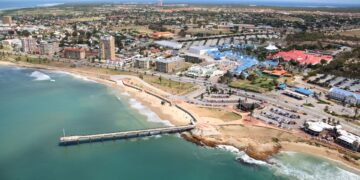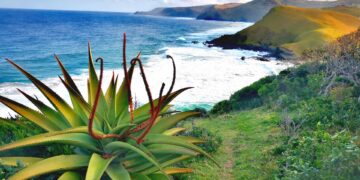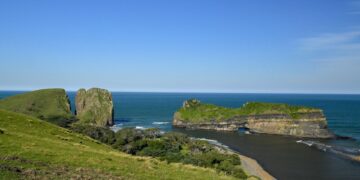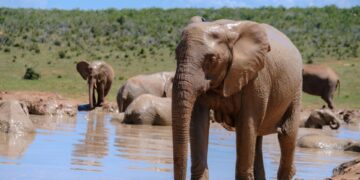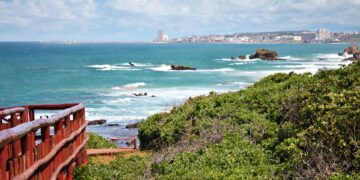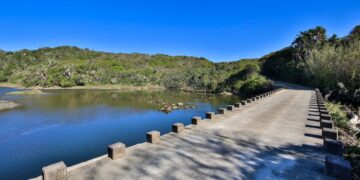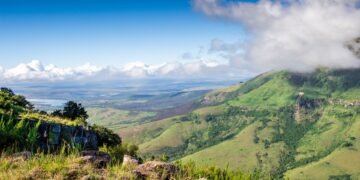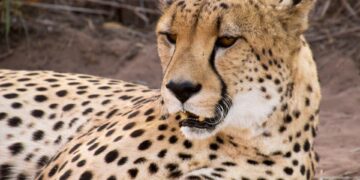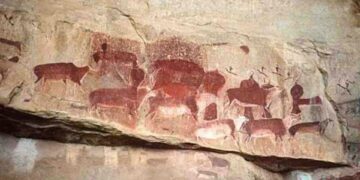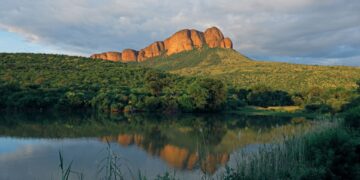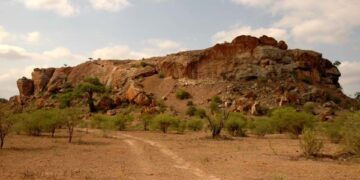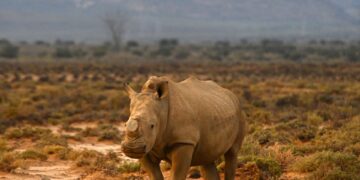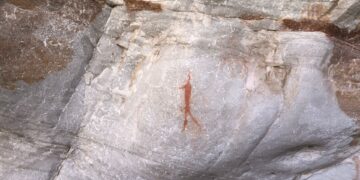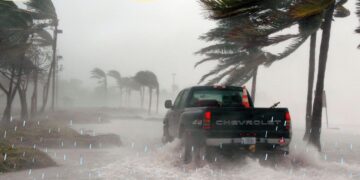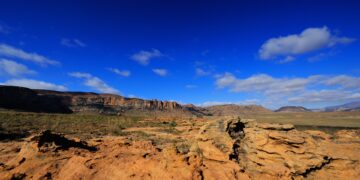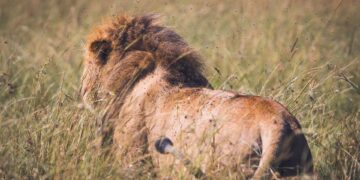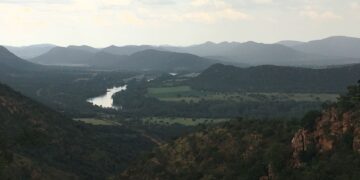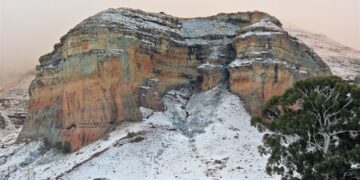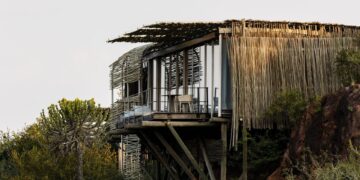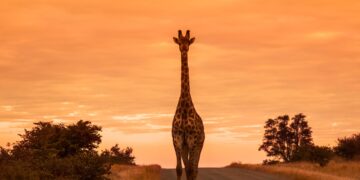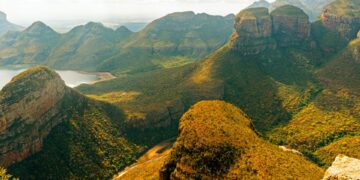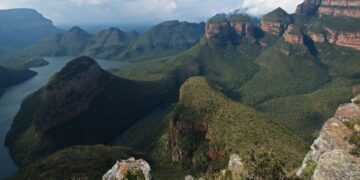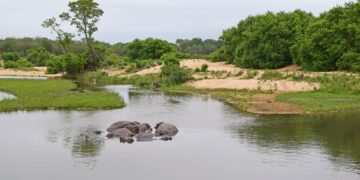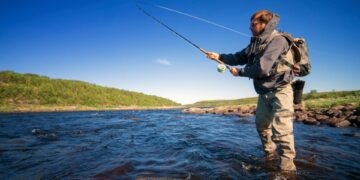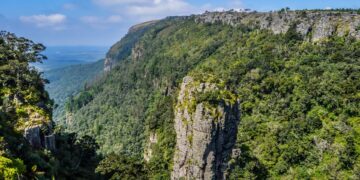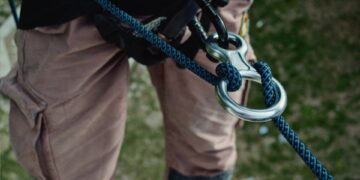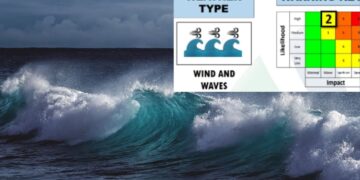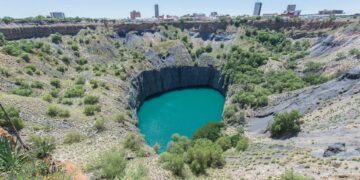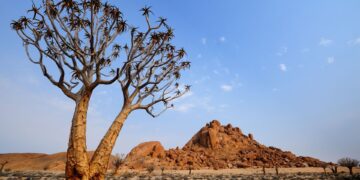Check this out! Fantastic photos were taken of a Southern Right Whale as she gave birth to a calf in the waters of Walker Bay this past week.
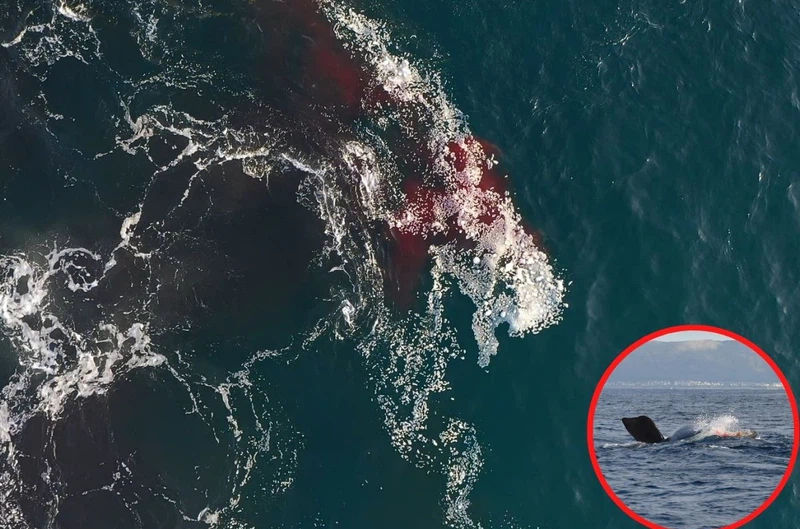
Just look at these incredible photos! The crew and passengers of local charters watched in awe as a Southern Right Whale gave birth to her calf right in front of their eyes on Tuesday.
THESE INCREDIBLE PHOTOS WERE TAKEN ON TUESDAY
This extraordinary moment happened in the waters of Walker Bay. According to a Facebook post by the Southern Right Charters, they had not seen such a sighting in over two decades.
“Crew and passengers alike – both totally stunned, in awe, possibly even shock and some in tears…… yes, we saw you!
“I still don’t think any of us have actually come to terms with the magnitude of what we witnessed.”
Southern Right Charters
THE WHALE ROLLED UPSIDE DOWN EXPOSING HER UNDERSIDE
Southern Right Charters said after they spotted a Southern Right Whale, it quickly became apparent to the crew on board that something was off with this whale.
“After a short moment or two, she rolled upside down – exposing her underside & the water around her went red.
“In literally a matter of seconds later, she then pushed out a newborn calf – who, within an equally short few seconds, was on the surface taking his/her first breaths.”
Southern Right Charters
What’s for sure – it’s a moment no one on board will ever forget. Southern Right Charters is environmentally sensitive and operates under the ethos of ‘Observing NOT Disturbing’.
ALSO READ: This CPT beach was voted 9th best in the world…
TAKE A LOOK AT THESE INCREDIBLE PHOTOS BELOW:
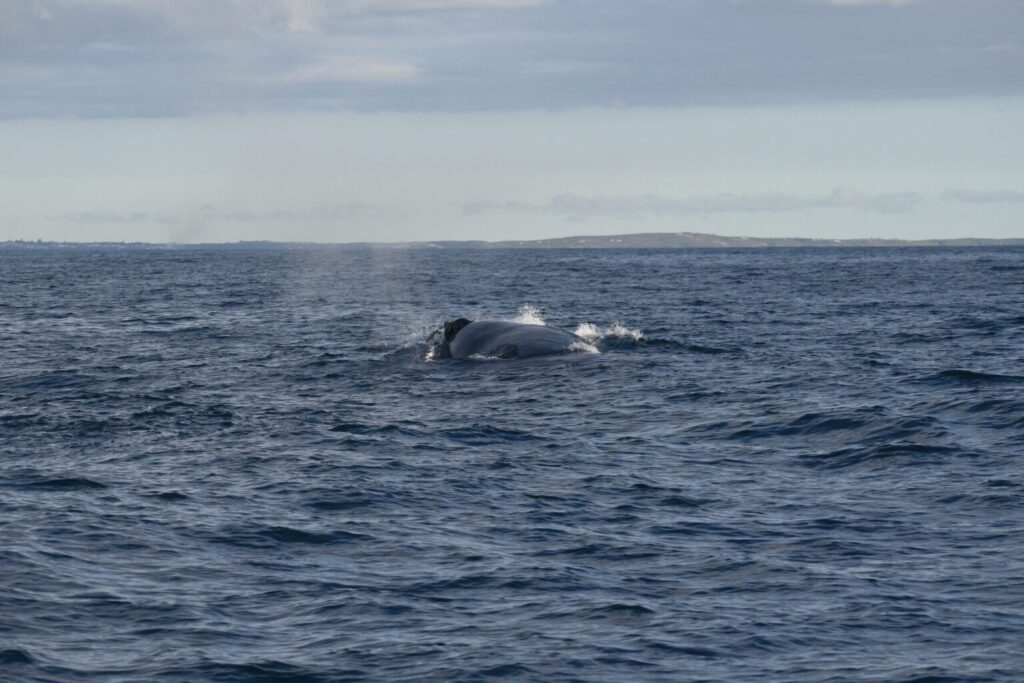
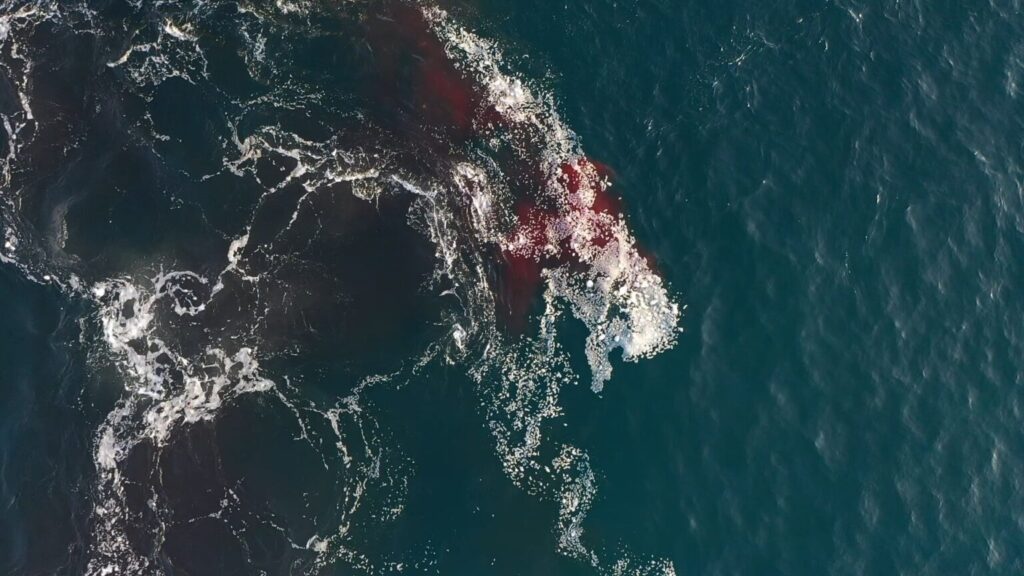
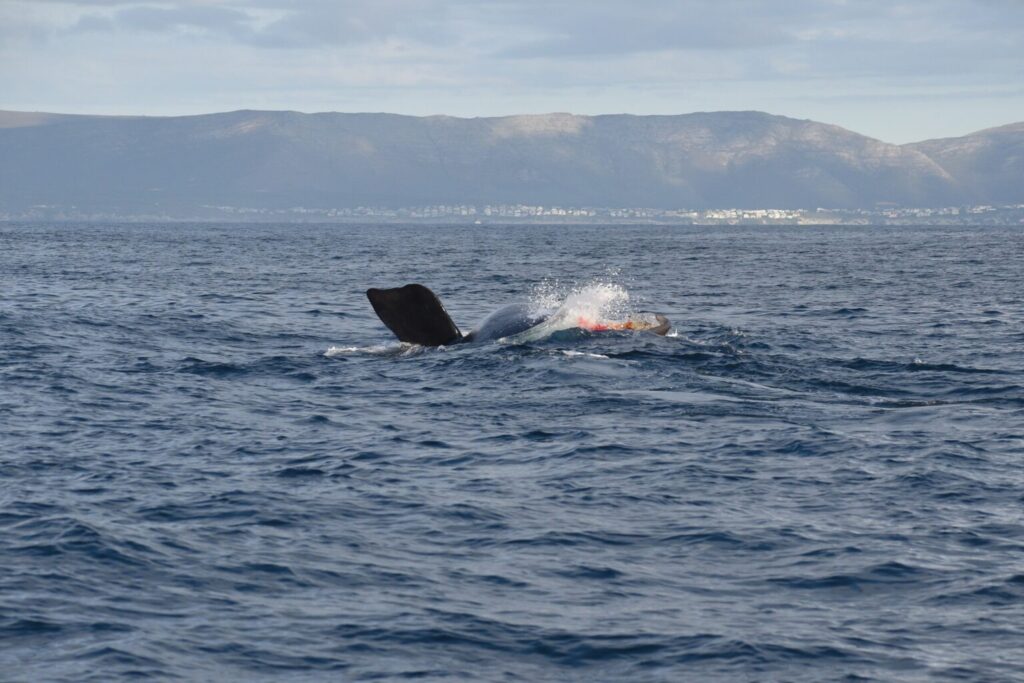
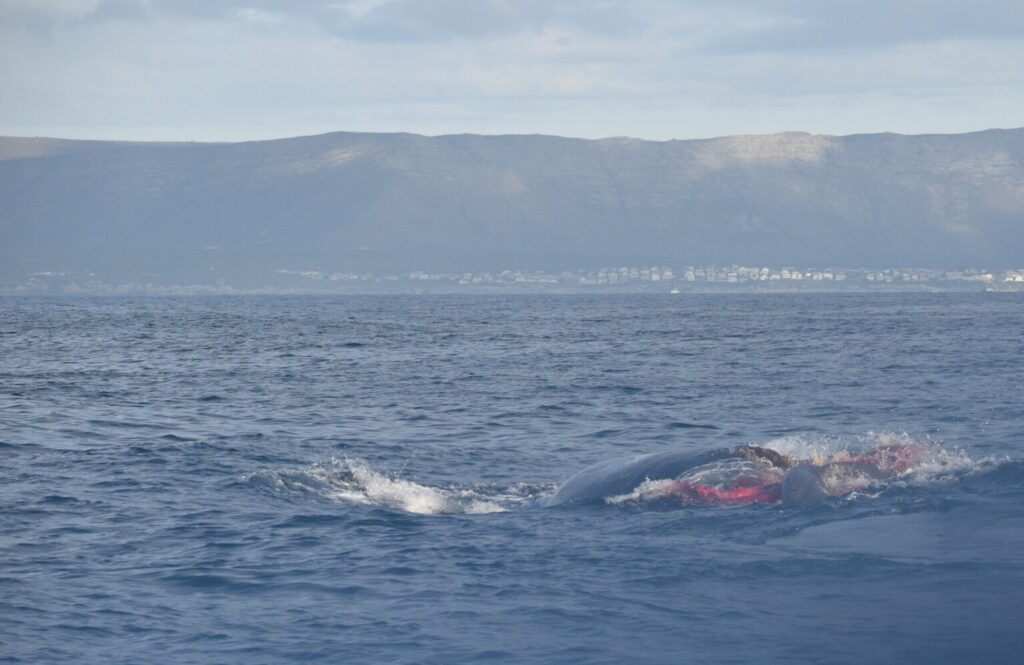
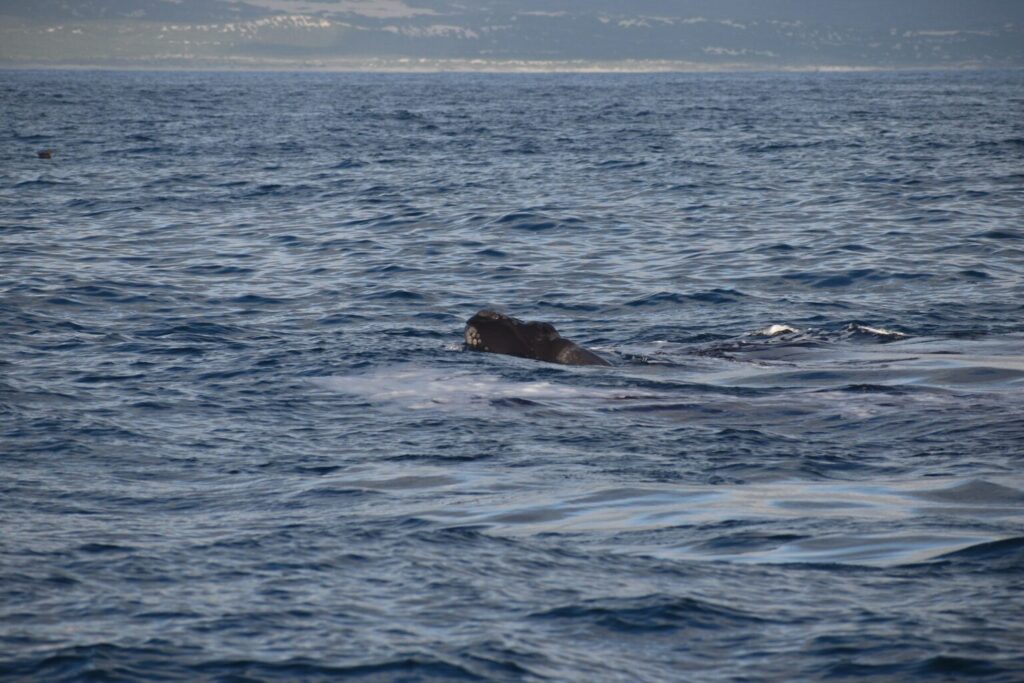
MORE INFORMATION ABOUT THE SOUTHERN RIGHT WHALE
The Southern Right Whale (Eubalaena Australis) is best known in South Africa’s Cape. During the southern winter, good numbers arrive there from their sub-Antarctic feeding grounds – to breed in the calm inshore waters.
HERE ARE FIVE FASCINATING FACTS ABOUT THE SOUTHERN RIGHT WHALE
- They remain until November before migrating southwards with their calves. In sheltered bays, the whales often cavort close inshore. They sometimes breach clear of the water or beat the surface with their tails. Bulls may grow up to reach 17 metres long and weigh nearly 50 tonnes.
- This gentle giant belongs to the baleen whale (Mysticeti) group, along with the blue whale, humpback and other filter-feeding giants. These whales have no teeth but feed on plankton. They sieve it from surface waters through fronds of ‘baleen’ tissue hanging from the upper jaw.
- Whalers coined the term ‘right whale’ because they considered this slow, approachable species to be the ‘right’ one to hunt. Thousands were slaughtered during the 19th century and the hunting continued until protection was agreed in 1935. Numbers have since recovered well.
- A V-shaped spout and the lack of any dorsal fin are both key ID features for this species. They immediately distinguish it from the humpback, which is the other large whale most often seen off southern Africa.The unique white markings – callosities – on the head of a southern right whale are patches of rough, calcified skin. Hence their name. Their whiteness is due to the large colonies of whale lice and barnacles that reside on them.
- Southern right whales have the largest testicles of any animal, each weighing around 500kg.
By: Corné van Zyl



